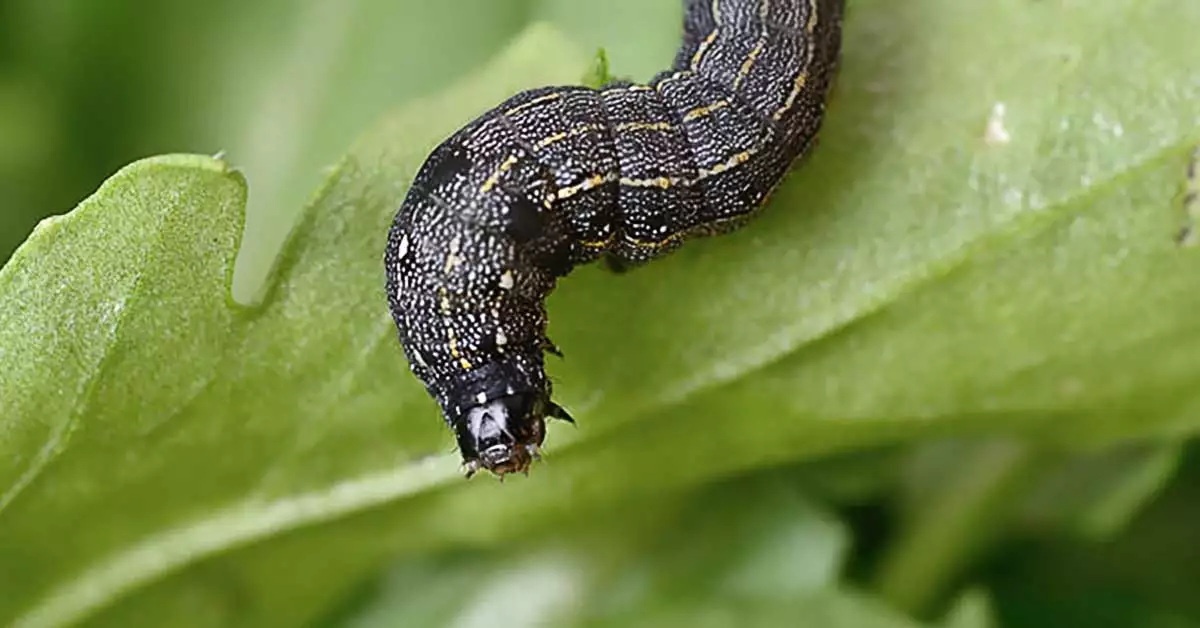In June, Paradise Seeds’ outdoor grow expert, Marco, wrote about common pests and diseases the Mediterranean grower should be aware of. This month he tells us how to fix them!
As we have seen, healthy and robust plants are less attractive to pests and diseases, however weak and malnourished plants are attacked more easily. At the same time healthy plants are better equipped to deal with the attack, while the weak will be less able to cope. Early detection of the problem is a major factor for its eradication.
In outdoor cultivation we can count on the help of certain plants. For deterrence of cannabis pests, collaborating plants such as Nasturtium, Chinese Carnation, basil, wormwood and sage can be planted to form a micro balanced and self-regulating ecosystem. Generally flowers and herbs help ward off pests and attract beneficial insects to our garden.
Let’s look at some more methods for the treatment of the 5 most common pests in the Mediterranean climate. We always aim for ecological solutions, as cannabis is a product intended for human consumption.
Options for the treatment of:
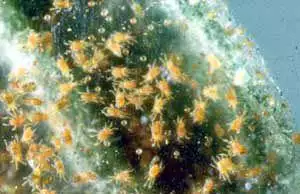
Spider mites
We have the options here of help from certain organic products, and predatory insects:
Most effective red spider mite predators are Phytoseiulus persimilis, and Amblyseius californicus which can be bought over the internet. Always follow the retailer’s directions closely. We must remember that if we use live predators we should, under no circumstances should we use pesticides too, even organic ones. It is worth noting that temperatures above 26 degrees and low relative humidity, favor their proliferation.
Well known organic remedies include wettable sulfur, potassium soap, pyrethrins, neem, or natural products that have extracts of cinnamon, camomile or wormwood.
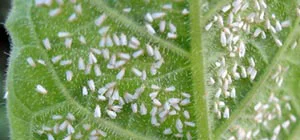
White fly
Both for early detection and for eradication, chromatic traps (sometimes also called ‘cues’) are a good call. These insects are attracted to the color yellow, and become stuck in the traps.
Good organic remedies include neem, pyrethrum and other medicinal plants (such as the ones mentioned for spider mites) are also effective.
As the most effective remedy we have some natural predators – in this case, the very effective Encarsia Formosa wasps, Macrolophus (also good for spider mites) or Amblyseius swirskii, which stands out amongst others for its effectiveness and resistance to high temperatures.
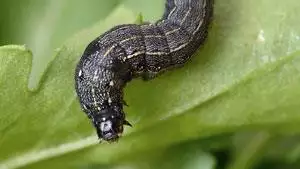
Caterpillars
Caterpillars cause great damage outdoors and in the greenhouse or polytunnel. They are difficult to combat, although we have several very useful tools:
One is pheromone traps. Pheromones are chemicals produced by females in order to attract males. They consist of a trap for adult butterflies and moths; males are attracted to pheromone tablets and poisoned, thus disrupting the reproductive cycle and preventing Caterpillar proliferation.If you are growing in a greenhouse, it is worth using fabrics or nets.
Another weapon is Bacillus thuringiensis, a bacterium that attacks the digestive system of caterpillars causing them to die of starvation. However, we recommend a selective use of them because many applications may have residual effect on our buds. Steinernema carpocapsae is another predator, a microscopic roundworm that lives in the soil, which is an entomopathogenic nematode.
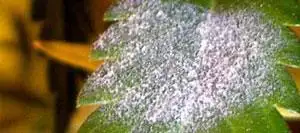
Powdery mildew
Fungi are very, very difficult to combat, once they appear, both outdoors and indoors. It is possible to take preventive measures such as proper ventilation and humidity control, and good spacing between plants. As for treatments we have with sulfur, horsetail, nettle extracts, cinnamon, and Propolix. There are also specific microorganisms extracts which inhibit the growth of the fungus.
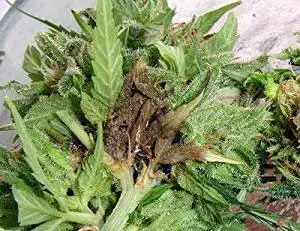
Botrytis
Also very difficult to combat and prevent. Spores of all fungi, float in the air and spread very quickly. Botrytis is perhaps the most difficult fungus to fight.
Trichoderma harzianum is a natural fungicide which colonizes the root, can act as a protective barrier act minimizing the spread of pathogenic fungus. Other options include Bacillus subtilis or Bacillus velezensis, bacterias that slow the spread of Botrytis. Wormwood extract and thyme are also useful for preventing this.
Once Botrytis is detected, manually or with scissors, remove the infected buds, place them quickly into a bag and throw them away. Remove the entire plant if it is too affected in order to minimize its spread.
In conclusion we see that insects in general are a little less difficult to combat, because their life cycle, although very fast, is much slower than that of fungi. However, the best way to prevent significant loss is to closely observe your plants, as early detection is always the best control tool. If you take care of your plants they will take care of you.


